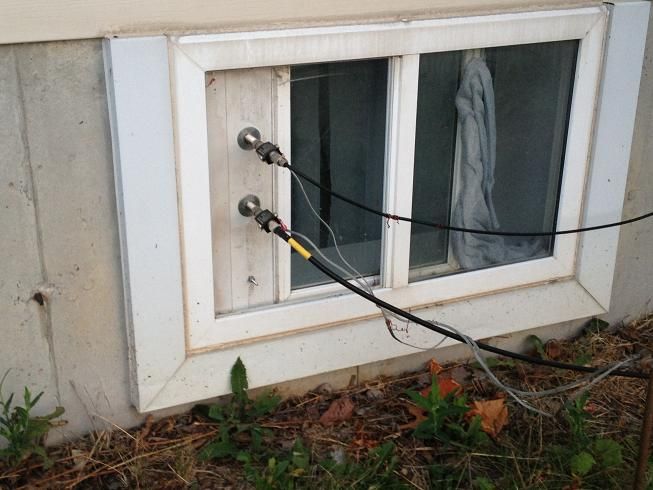mirrorshades
Member
- Joined
- May 9, 2006
- Messages
- 28
I'm wanting to make an honest effort to get my HF station up and running without needing to run coax out the window/door, so I'm thinking I've got enough room in the attic for a simple dipole on 10/15m and I've heard about "attic antennas" for as long as I've been a ham. Just got two simple questions:
1) For an HF dipole, do I need to worry that I'm going to set my attic on fire when I transmit? Obviously this would not make the wife very happy. Rig is an older Icom IC-735 and I forget the power output but I usually have it toward the lower end. I have wood trusses and maybe a few runs of romex up in the attic, in addition to the usual clutter (if that makes a difference).
2) How in blazes do I get the coax from the attic down to the rig? Is it really a matter of running it down between wall studs, or am I just missing something painfully obvious?
Potentially interested in some sort of 2m/70cm J-pole in the attic as well... I'm less concerned about the "whoops I burned my house down" aspect, but obviously the same question about routing cables still applies. (I don't think there's a straight line down from attic to any room where I'd consider putting a radio.) Do I need to hire an electrician?
Thanks in advance for any help/advice!
1) For an HF dipole, do I need to worry that I'm going to set my attic on fire when I transmit? Obviously this would not make the wife very happy. Rig is an older Icom IC-735 and I forget the power output but I usually have it toward the lower end. I have wood trusses and maybe a few runs of romex up in the attic, in addition to the usual clutter (if that makes a difference).
2) How in blazes do I get the coax from the attic down to the rig? Is it really a matter of running it down between wall studs, or am I just missing something painfully obvious?
Potentially interested in some sort of 2m/70cm J-pole in the attic as well... I'm less concerned about the "whoops I burned my house down" aspect, but obviously the same question about routing cables still applies. (I don't think there's a straight line down from attic to any room where I'd consider putting a radio.) Do I need to hire an electrician?
Thanks in advance for any help/advice!


